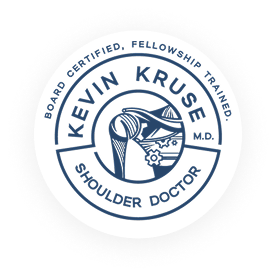Can an X-Ray show a Torn Rotator Cuff?
Understanding Rotator Cuff Tears: Insights from Medical Imaging
The Role of X-rays in Diagnosing Rotator Cuff Tears
One common question patients often have about rotator cuff tears is whether an X-ray can reveal such a tear. The answer isn’t straightforward. An X-ray provides a 2D image of the shoulder’s bony anatomy, showing the humerus (the ball), the glenoid (the socket), and the acromion (the top part of the shoulder). While X-rays can hint at a potential rotator cuff tear through certain signs—like a spur on the acromion, wear and tear on the humerus, or severe arthritic changes—they only offer limited insights. Most rotator cuff tears require soft tissue imaging for a definitive diagnosis.
Soft Tissue Imaging Techniques
- MRI (Magnetic Resonance Imaging): This is the most commonly used modality. An MRI involves sitting in a powerful magnet for about 30-40 minutes. It provides a comprehensive view of all the tissues in your shoulder.
- Ultrasound: In our clinic, we frequently use ultrasound. It’s notable for its real-time capability, high resolution, and speed—it takes approximately 30 seconds compared to hours for an MRI. Plus, it’s a comfortable procedure; you sit upright while a probe is quickly run over your shoulder. Ultrasound can reveal everything an MRI can regarding a rotator cuff tear.
- CT Arthrogram: Used less commonly, this method is typically reserved for cases where MRI is not feasible (due to pacemakers, claustrophobia, etc.) and where ultrasound expertise is unavailable.
The Importance of Soft Tissue Imaging
X-rays may provide certain clues, but soft tissue imaging is essential for confirming a rotator cuff tear. It allows us to understand the tear’s pattern, including aspects like atrophy and retraction. These details are crucial in advising patients on the next steps for their shoulder treatment.

